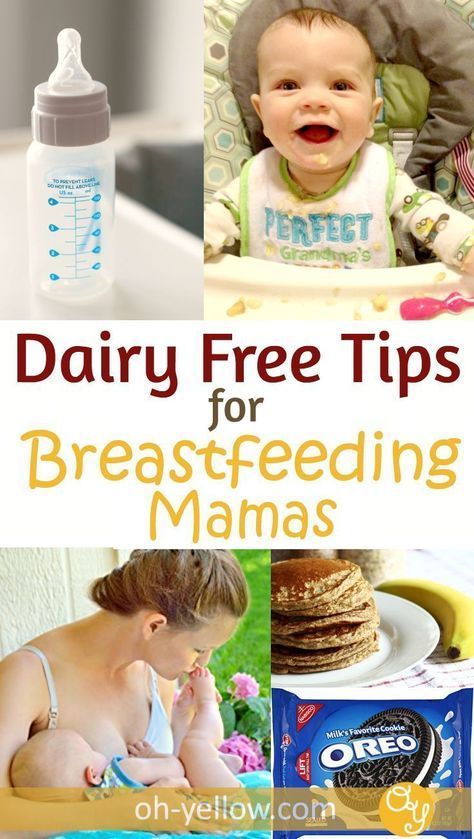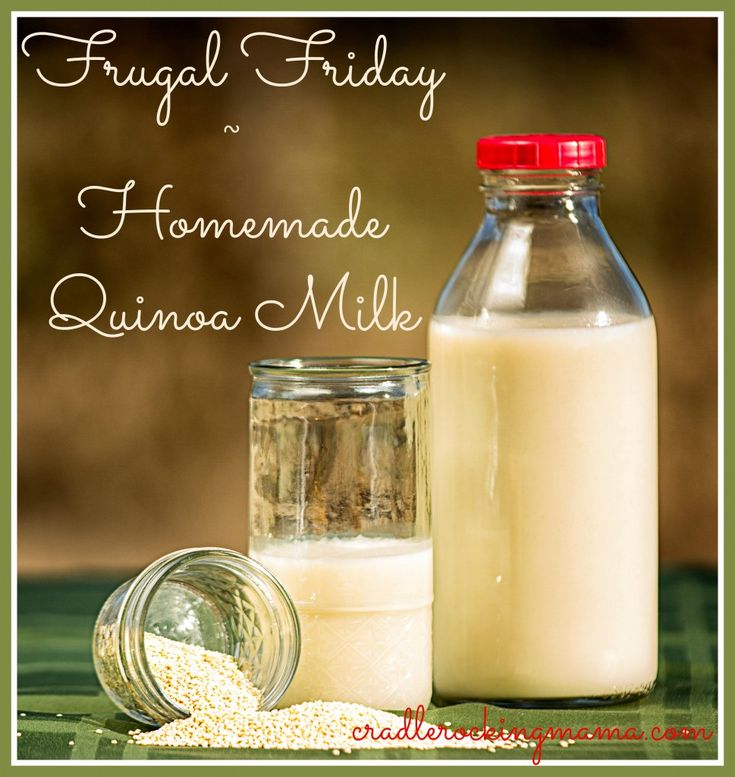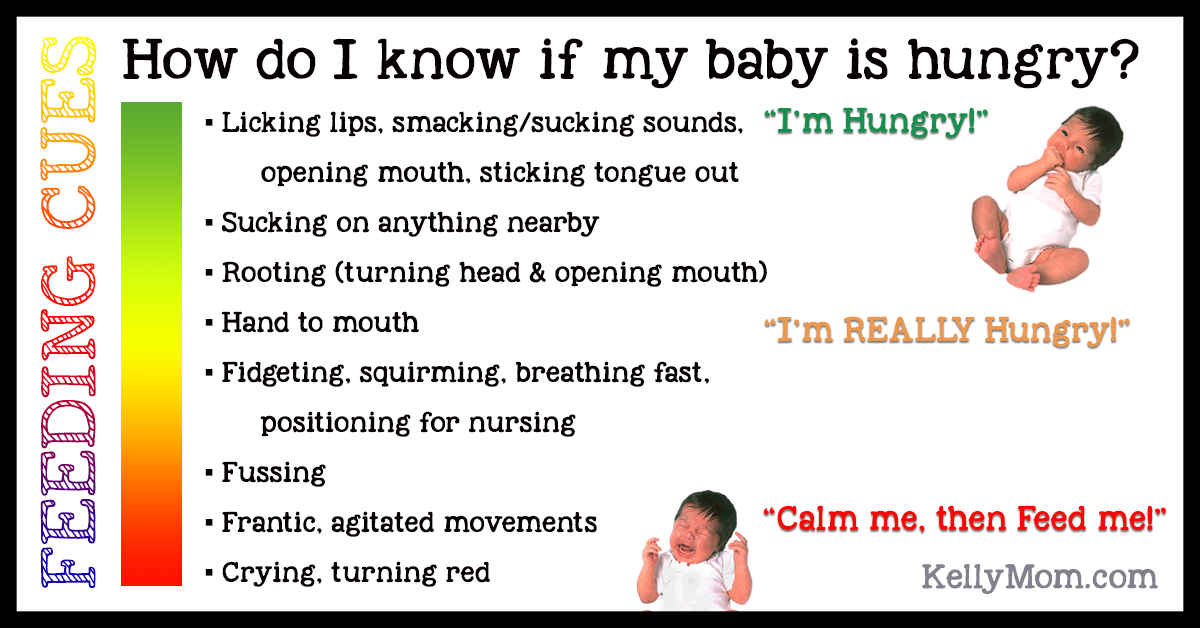Dairy free baby food
Meal Plans & Recipe Ideas for Your Dairy-Free Baby or Tot
Some babies and toddlers are not able to tolerate dairy, whether from a lactose intolerance or a cow’s milk protein allergy.1 Knowing what foods and beverages to feed your little one while avoiding dairy can help make sure they are getting the nutrients needed for growth and development.
When do babies need to avoid dairy?Breastfed Baby
If your breastfed baby has been diagnosed with a cow’s milk protein allergy or lactose intolerance, you can likely continue to breastfeed as long as you eliminate sources of dairy from your own diet.2,3 Continue to work with your or your child’s health care provider as you eliminate sources of dairy.
Be sure to always read all foods labels to see if there are any dairy ingredients in the product you purchase.
Read more:
Meal Plan & Tips to Eat Dairy Free while Breastfeeding
Is Your Baby Reacting to Something in your Milk?
Formula Fed Baby
If your formula fed baby has been diagnosed with a cow’s milk protein allergy or sensitivity to lactose, you will likely need to choose either a low lactose or lactose-free formula, or a formula that does not contain intact cow’s milk protein.4
Always speak with your child’s health care provider before switching formulas.
Read more:
Does Your Baby Need a Sensitive Formula?
Once your baby begins to eat solids, look at labels carefully to avoid dairy ingredients. Read on for information, tips, and meal ideas.
For more information on lactose intolerance versus a cow’s milk protein allergy, check out this article:
Does my Baby or Toddler have a Milk Allergy or a Lactose Intolerance?
Making sure your child gets the right nutrition while eliminating dairyDairy foods provide several important nutrients, including protein, calcium, and vitamin D (which is often fortified, or added to, dairy products). 5 When eliminating dairy, it is necessary to incorporate other food sources (in the texture your baby is ready for) that are rich in these particular nutrients.6
5 When eliminating dairy, it is necessary to incorporate other food sources (in the texture your baby is ready for) that are rich in these particular nutrients.6
Food sources of calcium: Fortified plant-based milk alternatives, fortified orange juice, canned sardines and salmon with bones, fortified dairy alternatives such as a non-dairy yogurt, tofu, soybeans, spinach, kale.8
Read more: Why Does Calcium Matter for Babies, Tots, and Mama
Food sources of vitamin D: Salmon, fortified plant-based milk alternatives, fortified cereals, eggs, canned light tuna, portabella mushrooms, and sunlight.9
Read more: Why Does Vitamin D Matter for Babies, Tots, and Mama
Food sources of protein: Fish, poultry, meat, beans, legumes, peas, nuts, seeds, tofu, eggs, whole grains.
Read more: Protein: Getting Enough and the Best Sources
Offer a wide variety of dairy-free foods to your childIt’s important to know that there are plenty of other foods that do not contain dairy.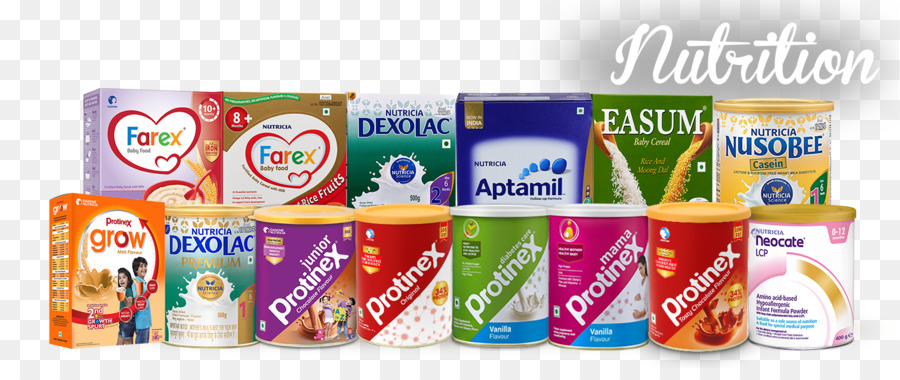 Offer these foods often as long as your child is not allergic to them. All whole fruits, vegetables, whole grains, legumes, beans, nuts, seeds, poultry, fish, and eggs are dairy free. Be sure to feed your child a wide variety of these foods to help meet their nutrient needs.
Offer these foods often as long as your child is not allergic to them. All whole fruits, vegetables, whole grains, legumes, beans, nuts, seeds, poultry, fish, and eggs are dairy free. Be sure to feed your child a wide variety of these foods to help meet their nutrient needs.
Non-dairy alternatives can be used for a child with a lactose intolerance or allergy, such as plant-based milk alternatives and plant-based yogurt alternatives. But it’s important to note that not all of these products have the same nutrients as their dairy equivalent.1
If you do choose a plant-based milk alternative, such as almondmilk or oatmilk, be sure the product is fortified with calcium and vitamin D.
Note that plant-based yogurt alternatives often have more added sugar and less protein than regular yogurt. Read nutrition fact labels and ingredient lists to ensure you’re providing your little one with foods that best meet their nutritional needs.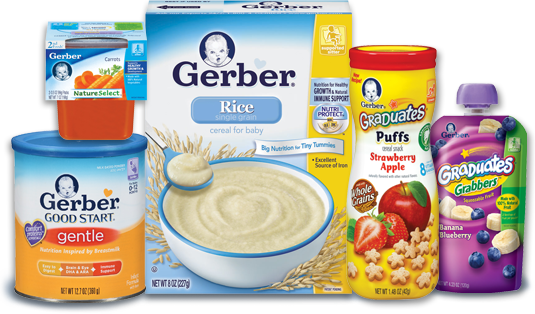
*While a plant-based milk alternative can be used in small amounts in baked or cooked foods, or plant-based yogurt alternative can be provided as a snack or part of a meal, babies under the age of 12 months should not be given cow’s milk nor a plant-based milk alternative to drink by the cup-full.11
These drinks do not contain all the nutrition your baby needs, and adding them in by the cup may take up valuable space in your baby’s tummy – edging out more nutritious foods, formula, and/or breastmilk.
Read more: What Type of Milk Should My Toddler Drink?
Reach out to your child’s healthcare providerIf you suspect that your child has lactose intolerance or a cow’s milk protein allergy, call their healthcare provider immediately for further support.
Wondering what might be the best choice for your baby or tot? Reach out to our team of registered dietitian nutritionists and lactation consultants for free! They’re here to help on our free to live chat from Monday – Friday 8am - 6pm (ET). Chat Now!
Chat Now!
Some babies and toddlers will react to dairy ingredients that are “hidden” and not so obvious.10
Hidden dairy may be found in foods like breads, cereals, crackers, pancakes, waffles, soups, sauces, toppings, dressings, and deli meats. It’s important to read labels and avoid any foods that list “contains milk or milk ingredient.”10
The below meal plan, snack, and recipe ideas will help you choose the right foods for your baby when progressing from mostly single purees to more advanced textures and finger foods, while also excluding dairy.
Be sure to check all labels for both obvious and hidden sources of dairy.
Breakfast
Option 1: Scrambled eggs, clementine
Option 2: Dairy free yogurt such as soy, coconut, or almond, with sliced berries
Option 3: Strawberry Quinoa Cereal for Baby
Option 4: Whole grain French toast fingers with nut butter* and 100% fruit spread
Option 5: Banana pancakes (combine 1 ripe banana, 1 egg and 2 tbsp.
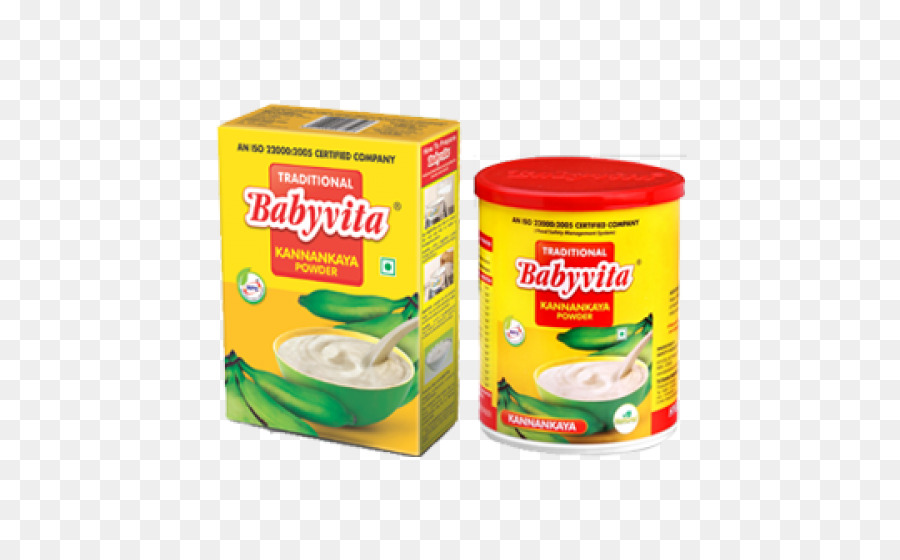 whole wheat flour. Cook 3 minutes on each side over medium heat)
whole wheat flour. Cook 3 minutes on each side over medium heat)
Lunch
Option 1: Whole grain tortilla strips with mashed avocado dip
Option 2: Tuna sandwich cut into quarters, side of sliced peaches
Option 3: Chickpeas with soft cooked carrots
Option 4: Cubed and roasted butternut squash, with turkey slivers
Option 5: Mini Sweet Potato Chicken Meatballs with Cauliflower Rice and Steamed Broccoli
Dinner
Option 1: Black beans with soft cooked peppers
Option 2: Whole grain pasta with ground turkey, marinara, and roasted veggies
Option 3: Baked fish fingers with cubed and roasted sweet potato
Option 4: Mild Curry Chicken & Veggies with Brown Rice
Option 5: Lean hamburger cut into pieces with baked zucchini fries
Snacks:
Option 1: Soft cooked veggies with hummus
Option 2: Warm Peach Chunks with Nutmeg
Option 3: Hard-boiled egg, diced
Option 4: Fruited dairy free yogurt such as coconut, soy, or almond
Option 5: Applesauce mixed with small amount of nut* or seed butter
*Speak with your baby’s pediatrician before introducing allergenic foods
Let's Chat!We know parenting often means sleepless nights, stressful days, and countless questions and confusion, and we want to support you in your feeding journey and beyond.
Our Happy Baby Experts are a team of lactation consultants and registered dietitian nutritionist certified in infant and maternal nutrition – and they’re all moms, too, which means they’ve been there and seen that. They’re here to help on our free, live chat platform Monday - Friday 8am - 6pm (ET).Chat Now!
Read more about the experts that help write our content!
For more on this topic, check out the following articles:Does my Child Have a Food Allergy or a Food Intolerance?
Guidance When Raising a Child with Food Allergies
Introducing Major Food Allergens to your Infant
Our meal plans offer recipe and meal suggestions for your child. They are not designed to replace your doctor’s recommendations, nor do they take into account special nutritional needs, including allergies and intolerances, other than lactose intolerance and a cow’s milk protein allergy. The meal plans suggest serving sizes that may or may not be appropriate for your child. Please consult your doctor to determine what is best for your child.
Please consult your doctor to determine what is best for your child.
Sources
Deliciously Dairy Free Organic Baby Food
Frequently Asked Questions
All ingredients we use are organic. Not some, every single ingredient!
This isn’t something that all baby food companies can say. Sprout Organics has been around since 2008 and we’ve been gaining parents’ trust ever since. Whenever we do something, we ask ourselves if it lines up with our 3 promises: Keep it real. Keep it simple. Keep it fun.
Have you recently noticed different packaging?
Sprout Organics is currently refreshing our brand to keep it real, simple, and fun (if we do say so ourselves).We’re still using the same organic ingredients you trust and your little one loves.Keep an eye out at your local grocery store for our new look!
From 6 months and up, we offer fun ways to introduce new flavors to baby with a variety of pouch flavors and baby snacks like puffs!
There are three common “stages” based on the texture and flavor complexity.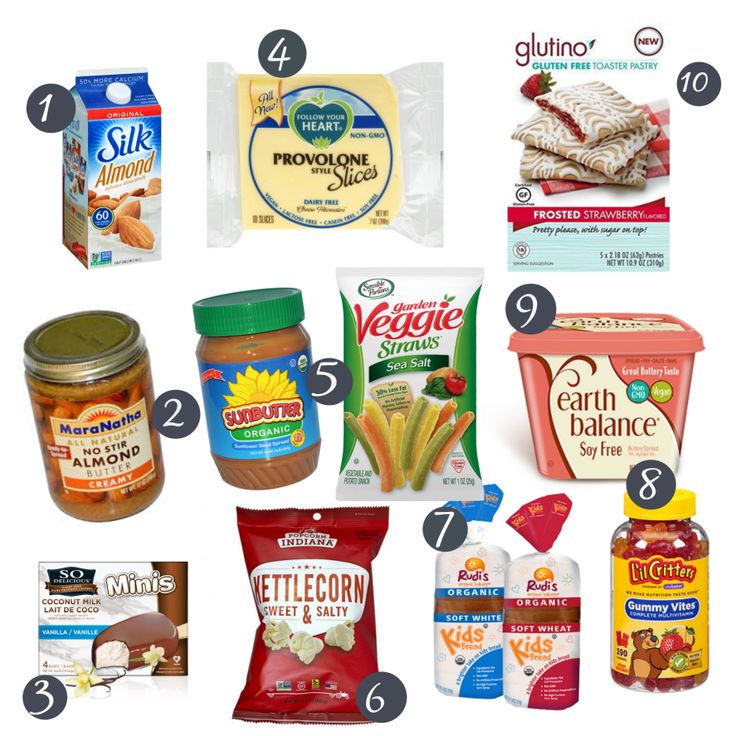 Here are the basics:
Here are the basics:
Stage 1 is for 4-6 months. It typically has one ingredient with a light consistency
Stage 2 is for 6-8 months. These foods include a few ingredients, and the consistency gets a little thicker.
Stage 3 is for 9-12 months. These foods include blended purees and softer finger foods.
Stage 4 (AKA Toddler) is for 12 months and up. Your toddler will be a self-feeding pro with Sprout Organics snacks like Wafflez and Curlz. Plus, they’re ready for tasty options like our Butternut Mac n Cheese and the Burrito Bowl
Here at Sprout Organics, we think that kids move at their own pace. We’ll provide recommendations on what age is appropriate for our products, but it’s up to you and your little one to explore a world of texture and flavor.
Sprout Organics stays with you as they grow, we offer a tasty (toddler panel approved) lineup of toddler snacks and meals. Try fan-favorites like Crinklez, Wafflez, and Crispy Chews.
According to the most recent USDA Dietary Guidelines, 90% of children under 2 years old are falling short of their daily recommendation of vegetables (about ¾-1 cup per day).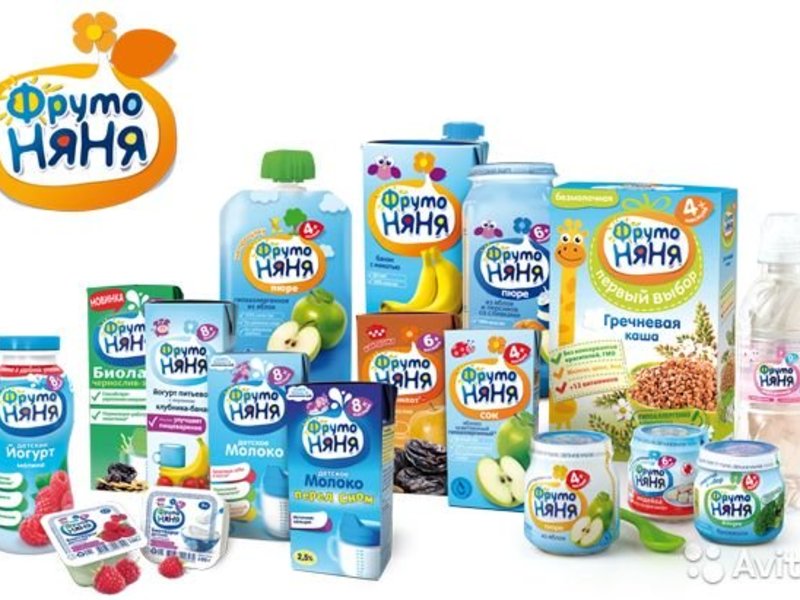 Here at Sprout Organics, we know that getting your kiddo to sit and eat a whole cup of vegetables every day isn’t always reasonable.
Here at Sprout Organics, we know that getting your kiddo to sit and eat a whole cup of vegetables every day isn’t always reasonable.
We are here to help fill that gap: over 50% of Sprout Organics pouches and 100% of meals are *veggie-leading*. We have entire collections dedicated to getting babies and toddlers full servings of vegetables, including our Veggie Power pouches and all our Toddler Meals.
You betcha! Sprout Organics snacks were born to be on-the-go, just like you and your family. Individually wrapped snacks like Wafflez and resealable cans of Curlz are great options for your family.
When it comes to bringing our puree pouches in your carry-on, TSA’s website says “baby/toddler food (to include puree pouches) in quantities greater than 3.4 ounces or 100 milliliters are allowed in carry-on baggage and do not need to fit within a quart-sized bag.”
Shipping Information & Tracking
Unlock FREE SHIPPING on all orders over $50.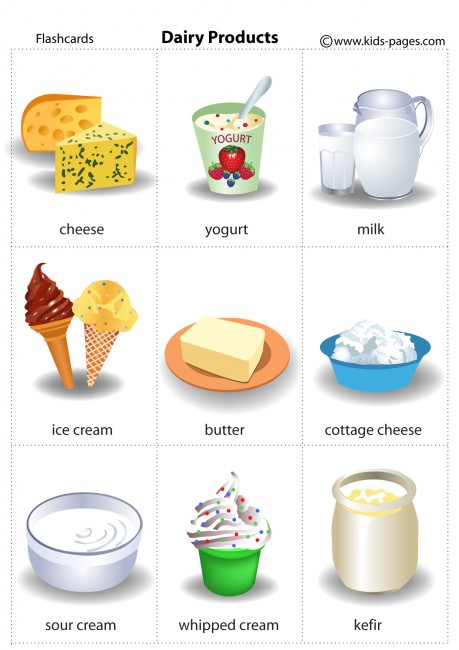
Orders on SproutOrganics.com ship via UPS Ground and Surepost.
Right now, SproutOrganics.com only ships within the United States.
A shipment notification email will be sent out to the email address included within the order including a tracking number when your order ships.
Returns
Our #1 goal at Sprout Foods is to provide you and your family with the highest quality products. If for any reason you are not completely satisfied with any of our products, please reach out to us for a full refund up to 100 days after your order.
How do subscriptions work?
It’s simple. Go to any product page, select your delivery frequency, and complete checkout! We’ll take care of the rest.
You will save 15% on every subscription order PLUS if the subscription total is over $50, each order will receive free shipping.
No sneaky refills, you will receive an email 3 days before each subscription fulfillment.
Want to make changes? Easy-peasy.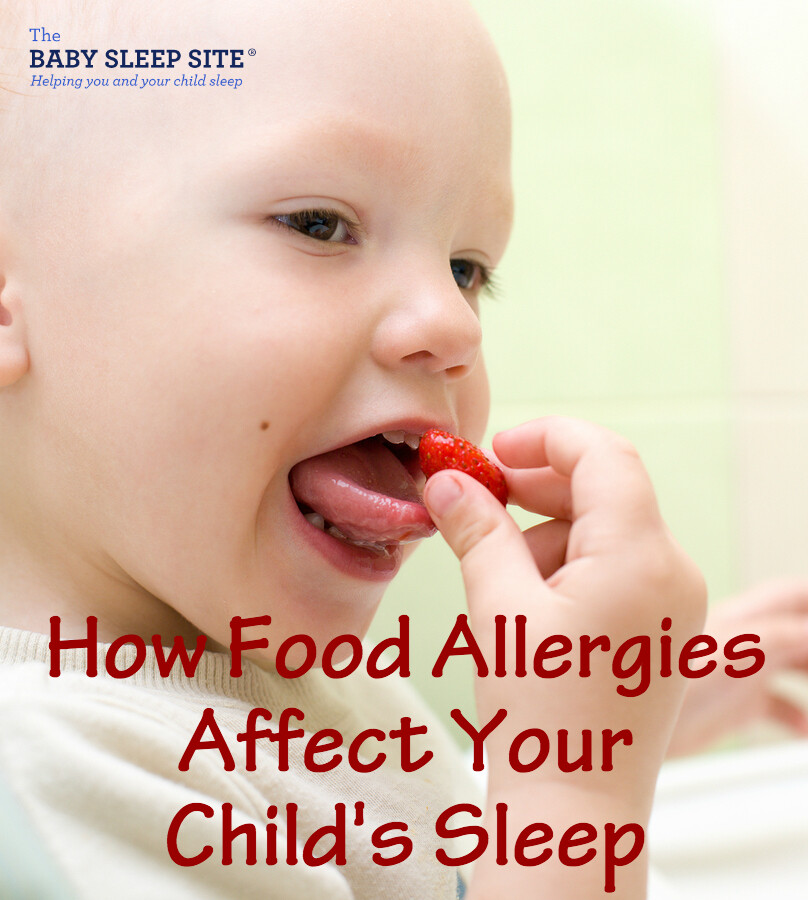 You can set up an account to manage and update the details of your subscriptions all on your own. We’re here if you have questions.
You can set up an account to manage and update the details of your subscriptions all on your own. We’re here if you have questions.
Dairy-free formula for newborns, children from 6 months and over
Dairy-free baby food is a product that does not contain the most allergenic components of milk - casein and lactose.
Some dairy-free infant formulas are complete foods for babies, although they are prescribed strictly according to indications. They are also divided into stages: for children from birth, from 6 months to a year and older than one year.
Others belong to the category of medicinal and are used simultaneously with the usual food. Let's figure it out. nine0003
When infants are prescribed milk-free formula
Such nutrition is always prescribed only by a doctor for special indications. Here they are:
- Allergy to casein. Casein or animal milk protein is sometimes difficult for babies to digest. In this case, they talk about an allergy to milk protein and transfer the child to a special diet without it.

- Lactase deficiency. Lactose is milk sugar. Carbohydrate, which is the main source of energy in baby food. For its splitting, a special enzyme is needed - lactase. It happens that the baby's body produces an insufficient amount of lactase. Then the doctors make a diagnosis - "lactase deficiency". Most often it is temporary - with age, the enzyme becomes larger. Only 1% of cases are diagnosed with congenital lactase deficiency. nine0017
- Galactosemia. An even rarer hereditary disorder is galactosemia. It is also associated with a violation of the absorption of carbohydrates. But not only milk, but also many other products are prohibited here.
- Rotavirus. It should be noted that dairy-free nutrition also comes into play in the case of rotavirus infection. The virus reduces the activity of the digestive enzyme lactase, which breaks down milk protein. Therefore, during the period of illness and a few weeks after it, babies are fed dairy-free products.
 nine0017
nine0017
Mixing requirements
Everything is very simple here. All recommendations on the composition, nutritional and energy value are developed by the Ministry of Health, which monitors compliance with these standards.
How manufacturers replace casein
- Soy protein, more precisely soy protein isolate. It is a product derived from soybeans when all the nutrients are removed leaving only pure protein. In this case, there is no need to worry that the soybeans used are genetically modified. For the production of children's products, such soy is not used. This is closely monitored by regulatory authorities. Soy protein contains almost all types of amino acids, and the missing ones are added separately. nine0017
- hydrolyzed protein. There is casein hydrolyzate and whey protein hydrolyzate. In addition, different diets contain different degrees of protein breakdown. The protein is divided into its component parts - peptides and amino acids.
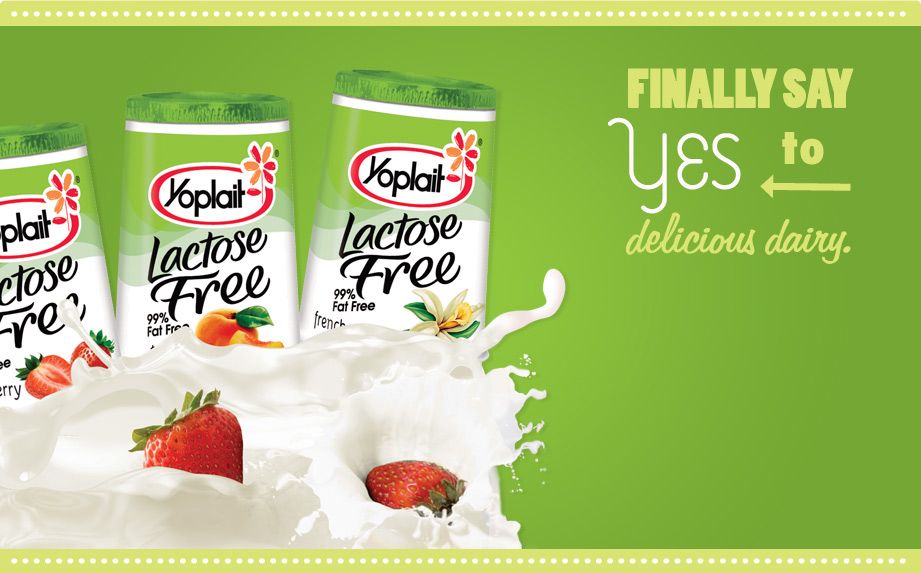 In this form, it is better absorbed by the body. A feature of hydrolyzed foods is their bitter taste, which is most often not liked by babies. Therefore, such food is prescribed only in cases of severe allergies.
In this form, it is better absorbed by the body. A feature of hydrolyzed foods is their bitter taste, which is most often not liked by babies. Therefore, such food is prescribed only in cases of severe allergies. - Amino acids of synthetic origin. The result is a medicinal product that is prescribed only by a doctor. If nothing else helps. nine0017
Sour-milk mixtures deserve special mention. They are used for mild allergies. The protein is in them in a curdled state. But they can irritate the walls of the stomach and lead to regurgitation. Therefore, a pediatrician who knows the characteristics of your child's health should recommend baby food.
Lactose in a dairy-free diet is replaced by other types of carbohydrates, such as glucose, sucrose, maltodextrin, or gluten-free hydrolyzed starch. nine0003
Dairy-free formulas for children up to a year and older differ in the same way as regular ones in their composition, which is adapted to the age of the baby.
In the Materna baby food line, dairy-free dry mixes are based on soy protein. This is a complete baby food from the first day of life for babies. Before introducing soy nutrition, it is advisable to make sure that there is no allergy to soy protein. This can be done by taking a blood test.
Types of dairy-free infant formula
A lot of confusion occurs with the concepts of lactose-free and dairy-free formulas. Dairy-free can only be called soy and hydrolyzed products.
In lactose-free mixtures, the milk protein casein is present. Only lactose is missing.
The soy mixture is, for example, both lactose-free and dairy-free.
How do I choose a formula for my baby?
Only a pediatrician should recommend special, and even more so medical nutrition. If you have your own preferences, be sure to consult with a specialist. nine0003
How to switch your baby to new formula
It is important to follow your doctor's instructions when special diets are used in addition to regular meals.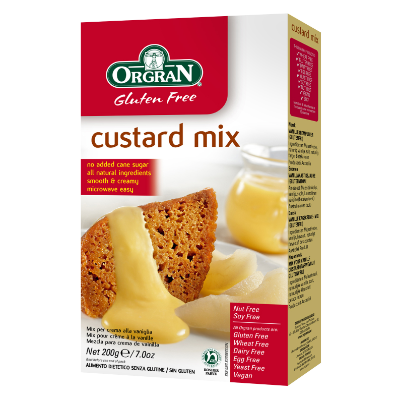
If your baby is recommended to completely switch to a new formula, you need to do it slowly. The correct transition scheme is located on our website.
You can buy dairy-free formulas for children from birth in our online store
Humana SL special dairy-free nutrition from birth, 500 gr
Humana (Humana) special dairy-free nutrition from birth, 500 gr
Humana SL is a balanced lactose-free mixture based on highly purified soy protein isolate (genetically not modified). It is intended for children with absolute intolerance to cow's milk (allergy to cow's milk proteins and lactose intolerance), with a lack or absence of breast milk, from birth. Produced in Germany from purified, non-GM soybeans. Can be used as main food for infants and as part of the diet for older children and adults (from birth).
- Contains all the necessary proteins, fats, carbohydrates, vitamins, minerals and trace elements for the healthy growth of your baby.
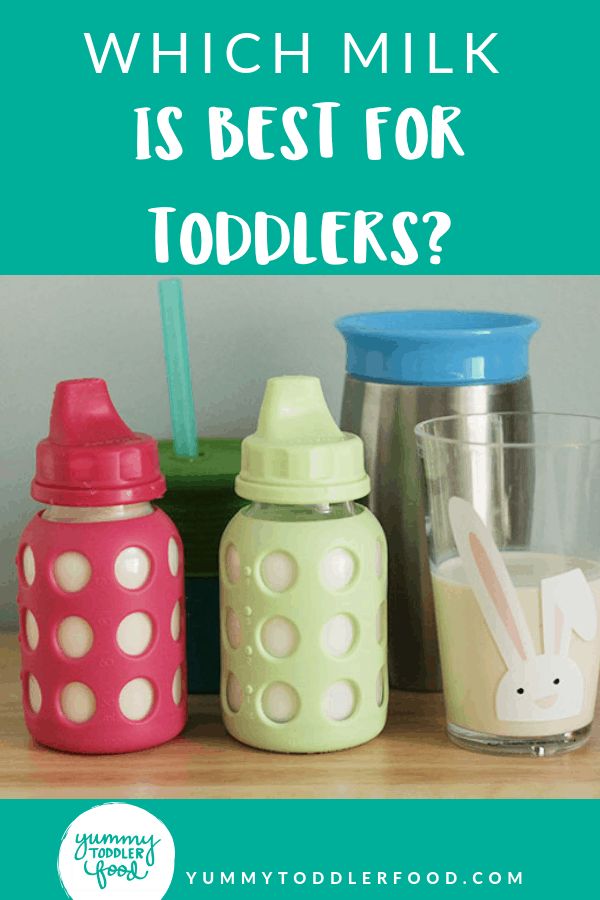
- The protein component of the blend is 100% soy protein.
- Contains omega-3/omega-6 fatty acids essential for babies during the first months of life in optimal amounts.
- Contains only easily digestible carbohydrates, which provide good satiety and are a source of energy for the baby. nine0017
- Free of gluten, lactose and crystal sugar.
- Free of artificial preservatives, colors and flavors, non-GMO.
Pack contains 1 sachet 500 g.
500 g dry mix = 3667 ml Humana SL ready mix.
Recommended for:
- absolute intolerance to cow's and goat's milk;
- acute diarrhea of any origin;
- secondary lactase deficiency; nine0017
- congenital primary lactase deficiency;
- galactosemia.
Preparation:
It is recommended to feed the baby with freshly prepared formula. To prepare a mixture of Humana SL, adhere to the following proportions: one measuring spoon of a dry mixture without a slide (approximately 4.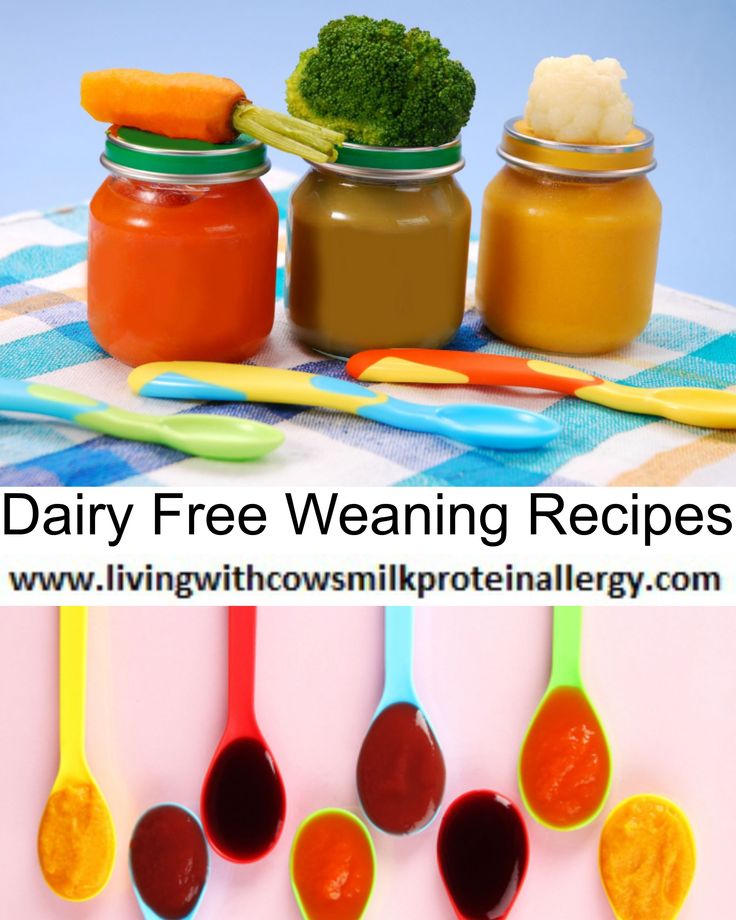 5 g) is diluted with 30 ml of water. You get 33 ml of the finished mixture.
5 g) is diluted with 30 ml of water. You get 33 ml of the finished mixture.
Feeding Options: Do not reuse leftover formula! Always follow the directions on the baby food package. If necessary, the finished mixture in a sealed bottle can be stored for no more than 4 hours at room temperature or up to 30 hours in a refrigerator at a temperature not higher than + 4°C (recommendations from ESPGHAN, 2004). Usage: Important Information: Breast milk is the best food for your baby. Before starting feeding a child under 1 year old, it is necessary to consult a doctor. In case of allergy to cow and goat milk proteins it is recommended to replace all feedings with Humana SL, except for breast milk. Humana SL is introduced gradually, displacing one feeding per day, monitoring the condition of the skin and stool. In the future, you can replace all feedings throughout the day. nine0003 For diarrhea it is recommended to quickly change all feedings except breast milk throughout the day with Humana SL formula. In case of primary congenital lactase deficiency, galactosemia Humana SL is introduced quickly, replacing all feedings during the day and given for a long time as the main dietary food. After obtaining a stable therapeutic effect, it is recommended to use Humana SL for at least one month. After that, gradually, replacing one feeding per day, the child is transferred to a normal diet. nine0003 Nutritional value per 100 ml ready mix:  Store the opened package with the mixture in a cool, dry place and consume within 21 days. nine0003
Store the opened package with the mixture in a cool, dry place and consume within 21 days. nine0003
